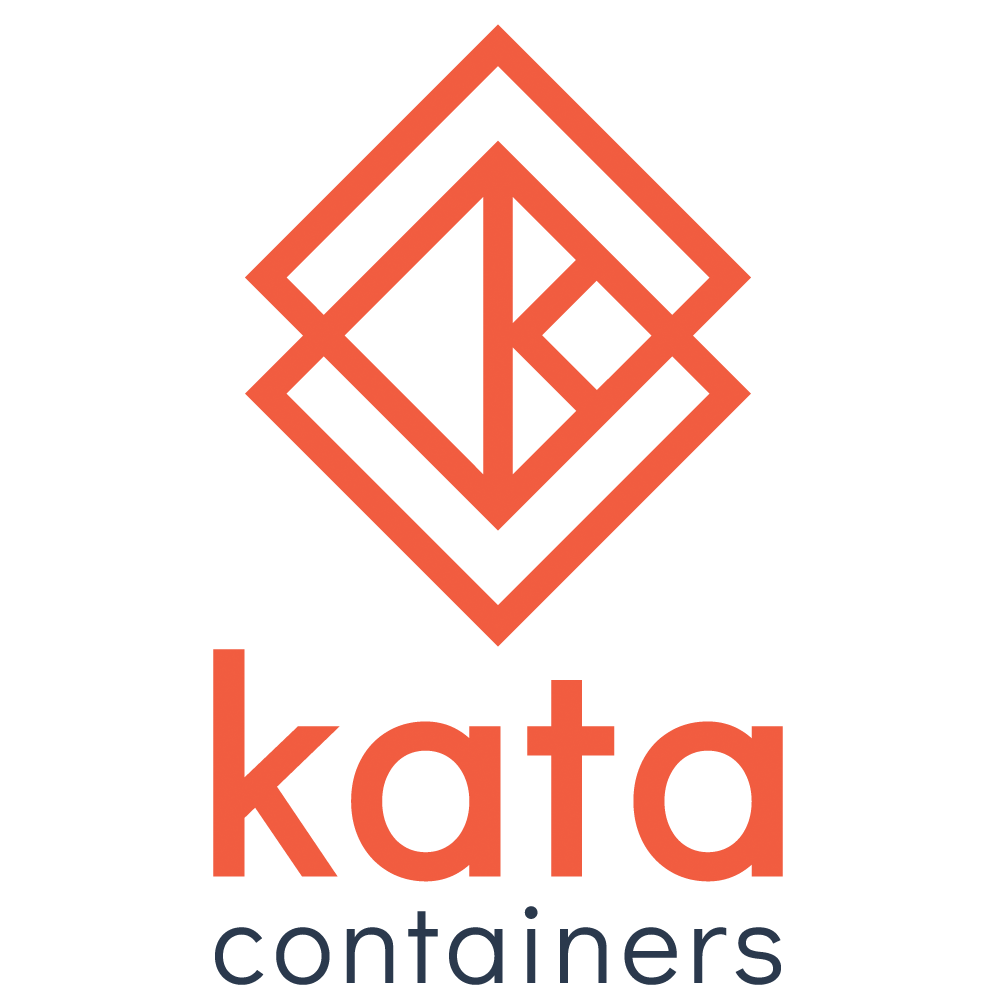As we process container devices in the agent, we repeatedly call update_spec_device() to adjust the OCI spec as necessary for differences between the host and the VM. This means that for the whole of a pretty complex call graph, the spec is in a partially-updated state - neither fully as it was on the host, not fully as it will be for the container within the VM. Worse, it's not discernable from the contents itself which parts of the spec have already been updated and which have not. We used to have real bugs because of this, until the DevIndex structure was introduced, but that means a whole, fairly complex, parallel data structure needs to be passed around this call graph just to keep track of the state we're in. Start simplifying this by having the device handler functions not directly update the spec, but instead return an update structure describing the change they need. Once all the devices are added, add_devices() will process all the updates as a batch. Note that collecting the updates in a HashMap, rather than a simple Vec doesn't make a lot of sense in the current code, but will reduce churn in future changes which make use of it. Signed-off-by: David Gibson <david@gibson.dropbear.id.au>

Kata Containers
Welcome to Kata Containers!
This repository is the home of the Kata Containers code for the 2.0 and newer releases.
If you want to learn about Kata Containers, visit the main Kata Containers website.
Introduction
Kata Containers is an open source project and community working to build a standard implementation of lightweight Virtual Machines (VMs) that feel and perform like containers, but provide the workload isolation and security advantages of VMs.
Getting started
See the installation documentation.
Documentation
See the official documentation (including installation guides, the developer guide, design documents and more).
Community
To learn more about the project, its community and governance, see the community repository. This is the first place to go if you wish to contribute to the project.
Getting help
See the community section for ways to contact us.
Raising issues
Please raise an issue in this repository.
Note: If you are reporting a security issue, please follow the vulnerability reporting process
Developers
Components
Main components
The table below lists the core parts of the project:
| Component | Type | Description |
|---|---|---|
| runtime | core | Main component run by a container manager and providing a containerd shimv2 runtime implementation. |
| agent | core | Management process running inside the virtual machine / POD that sets up the container environment. |
| documentation | documentation | Documentation common to all components (such as design and install documentation). |
| tests | tests | Excludes unit tests which live with the main code. |
Additional components
The table below lists the remaining parts of the project:
| Component | Type | Description |
|---|---|---|
| packaging | infrastructure | Scripts and metadata for producing packaged binaries (components, hypervisors, kernel and rootfs). |
| kernel | kernel | Linux kernel used by the hypervisor to boot the guest image. Patches are stored here. |
| osbuilder | infrastructure | Tool to create "mini O/S" rootfs and initrd images and kernel for the hypervisor. |
agent-ctl |
utility | Tool that provides low-level access for testing the agent. |
trace-forwarder |
utility | Agent tracing helper. |
ci |
CI | Continuous Integration configuration files and scripts. |
katacontainers.io |
Source for the katacontainers.io site. |
Packaging and releases
Kata Containers is now available natively for most distributions. However, packaging scripts and metadata are still used to generate snap and GitHub releases. See the components section for further details.